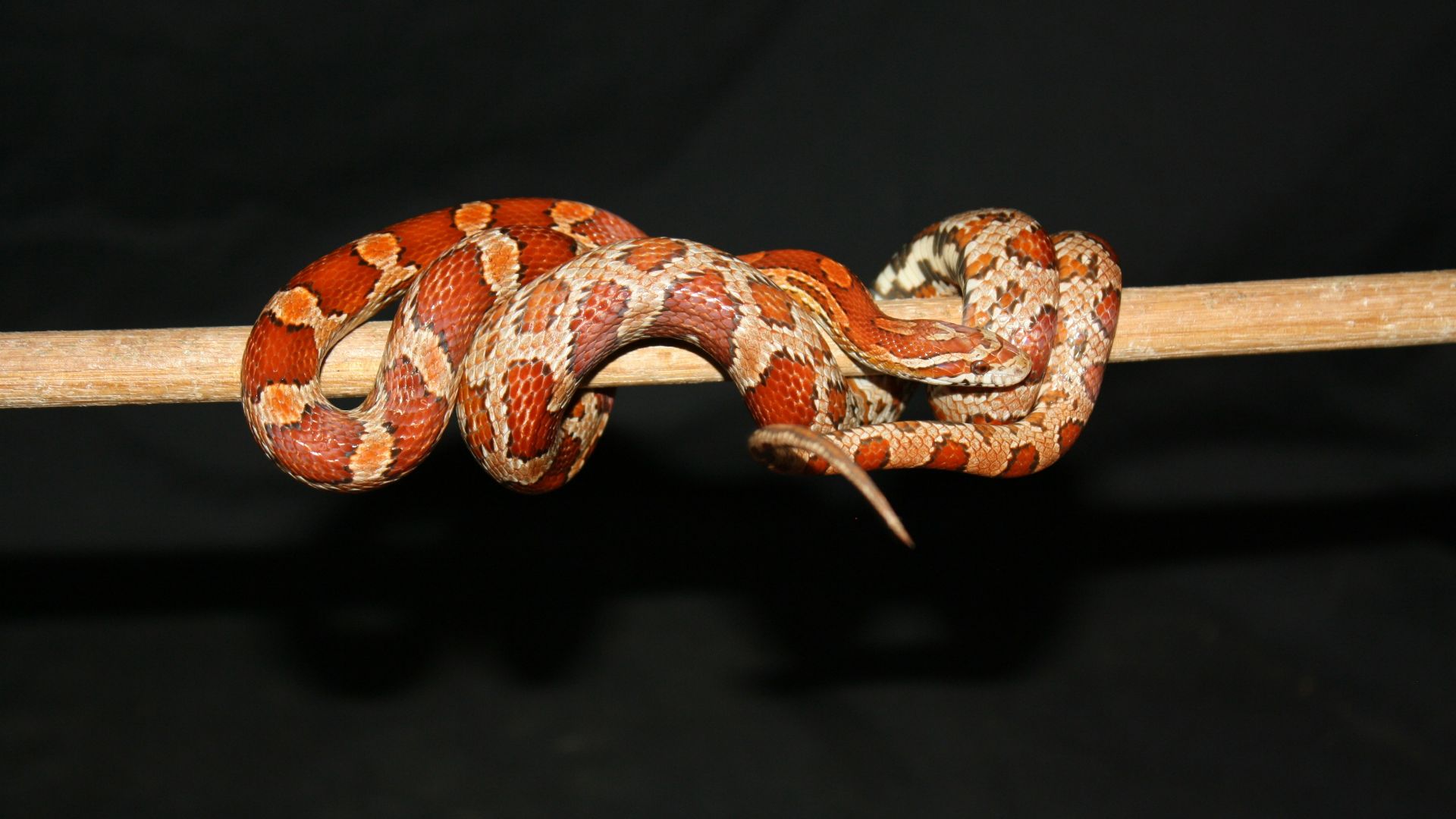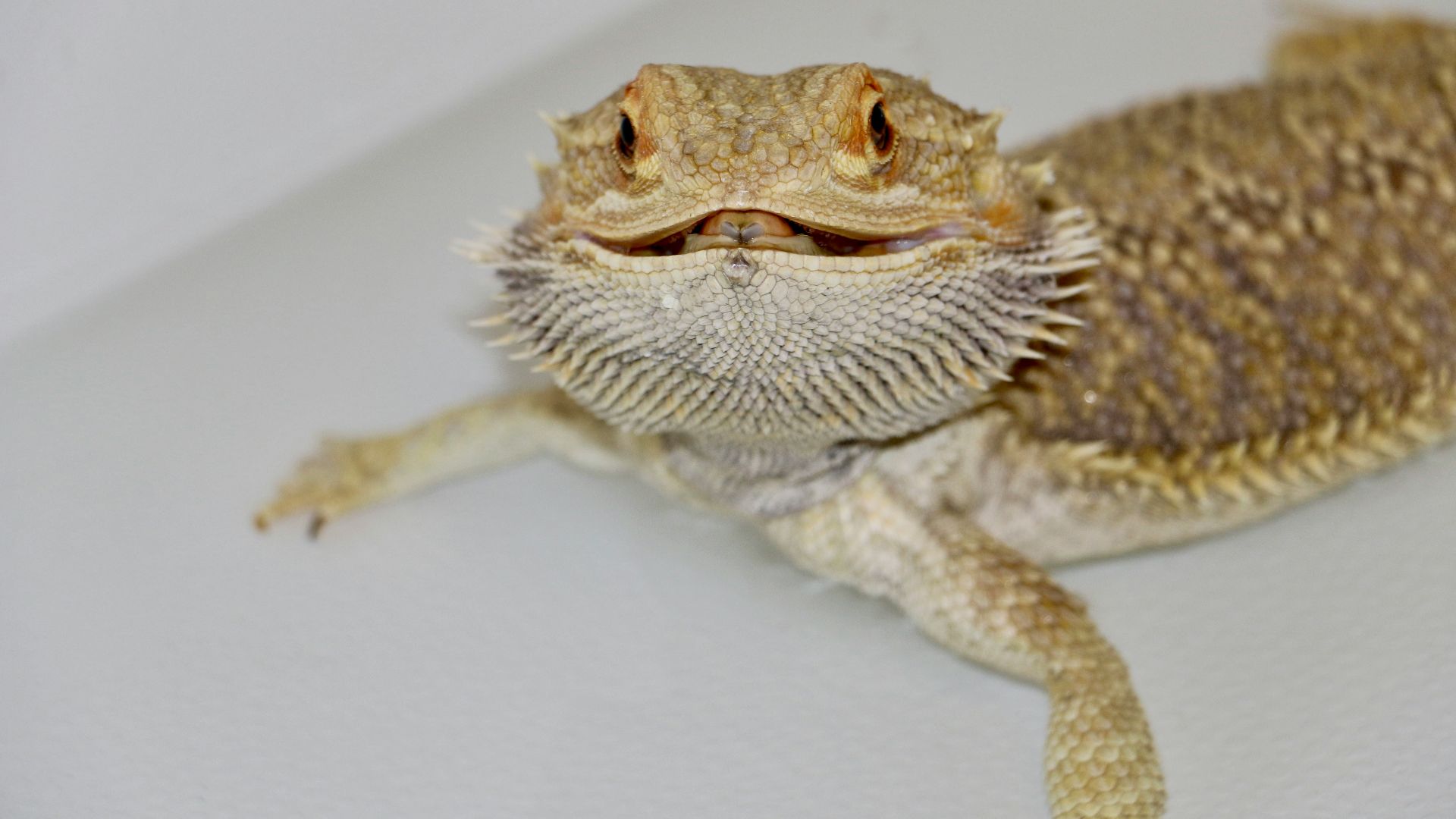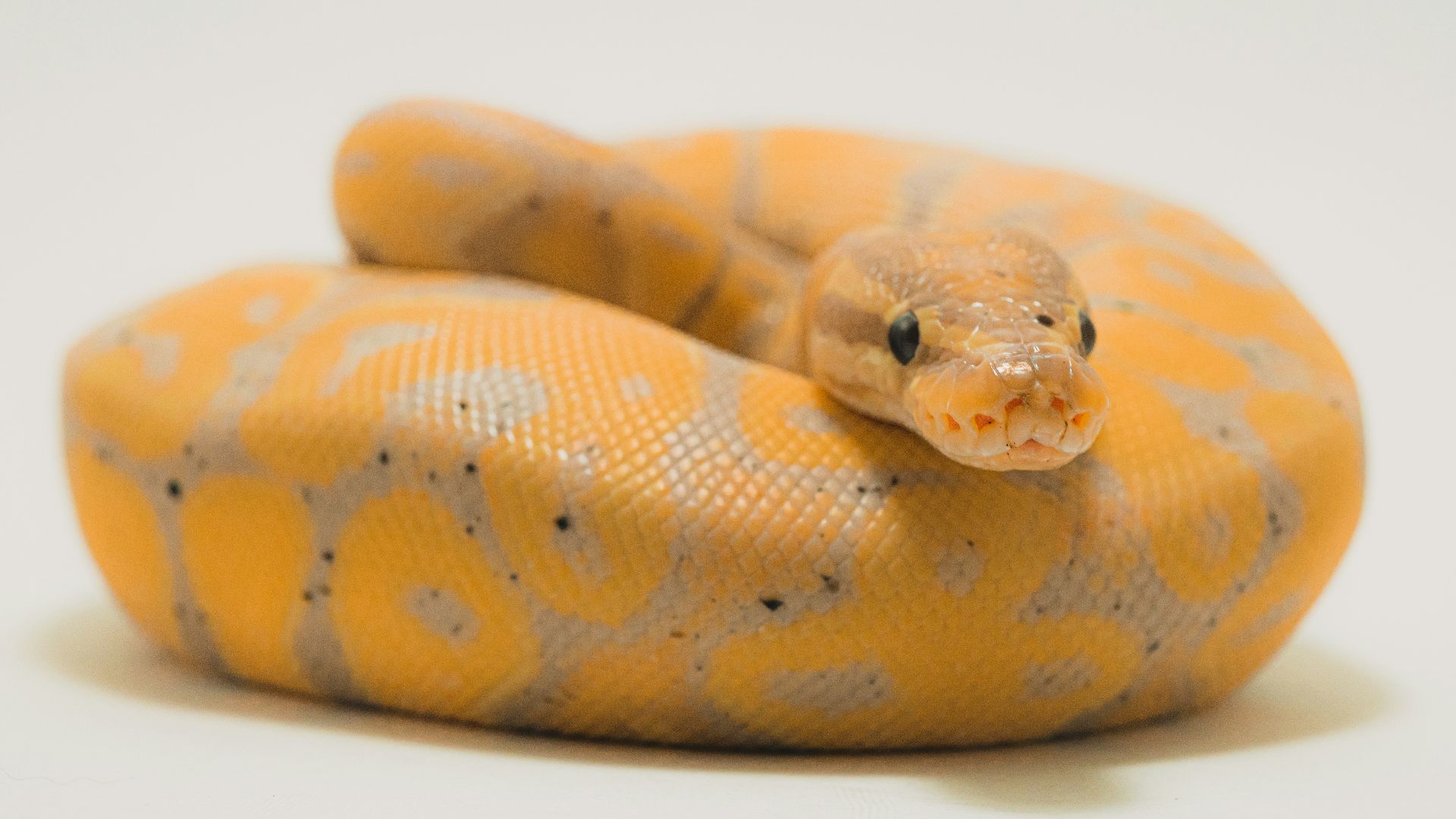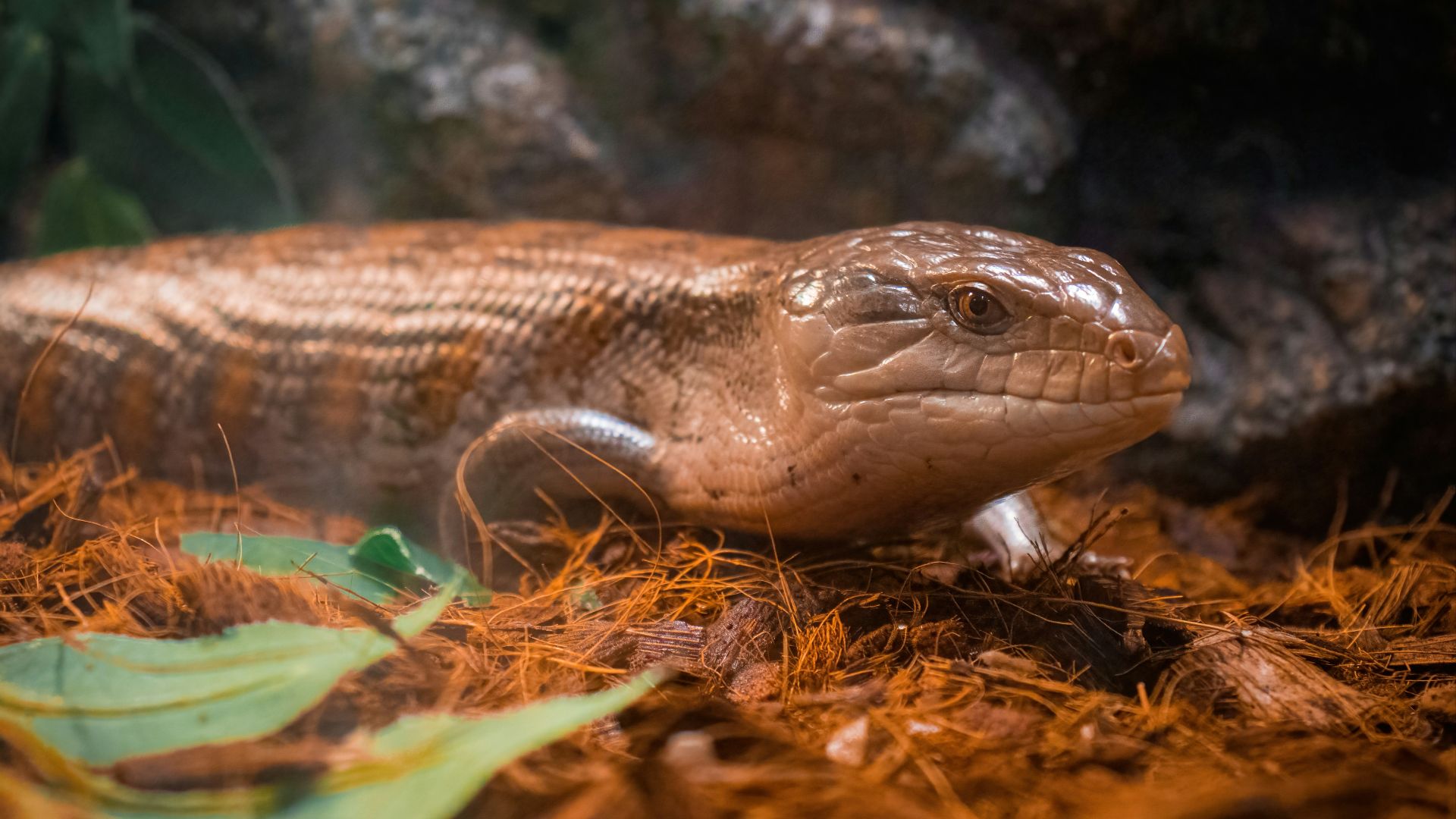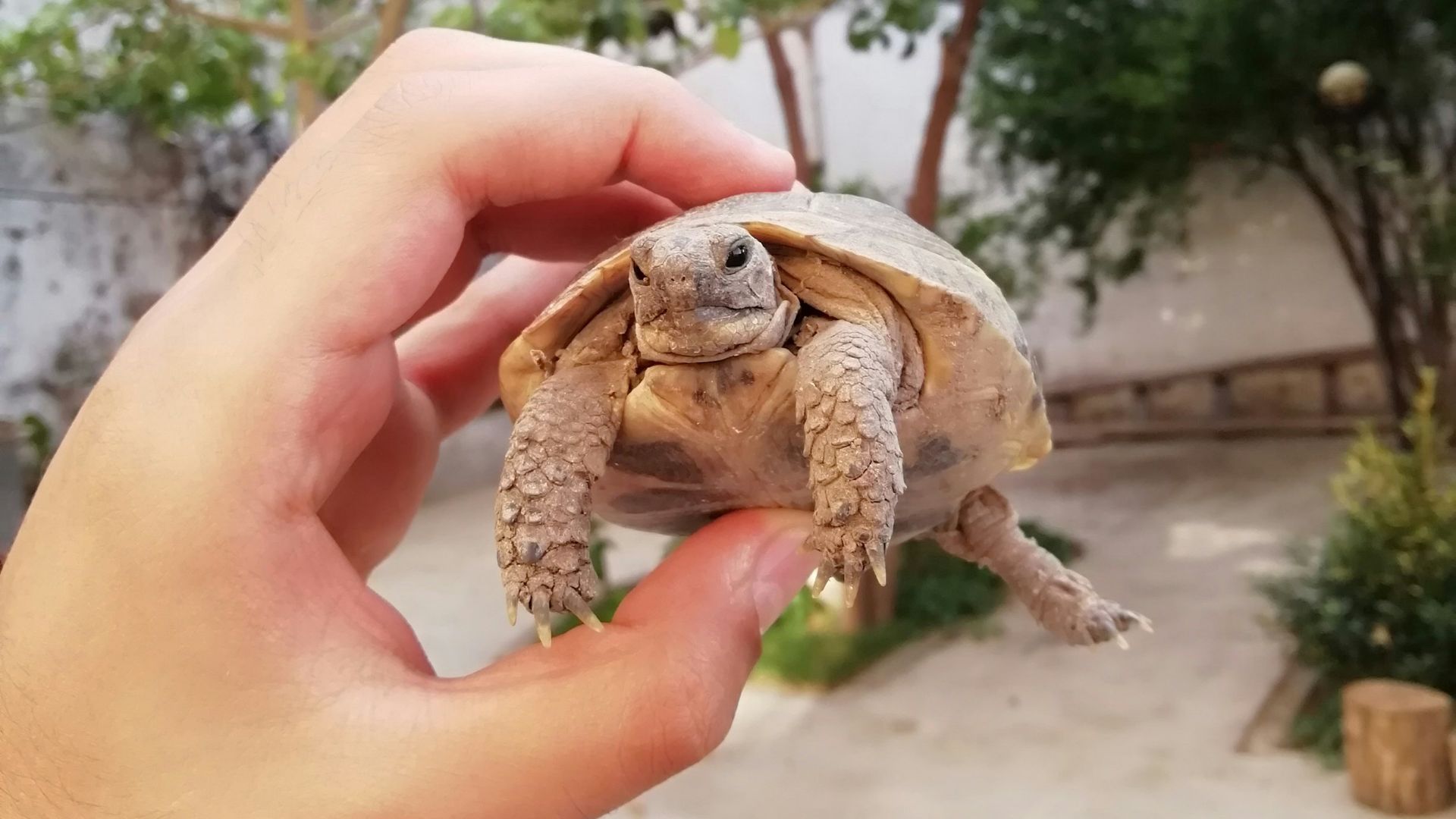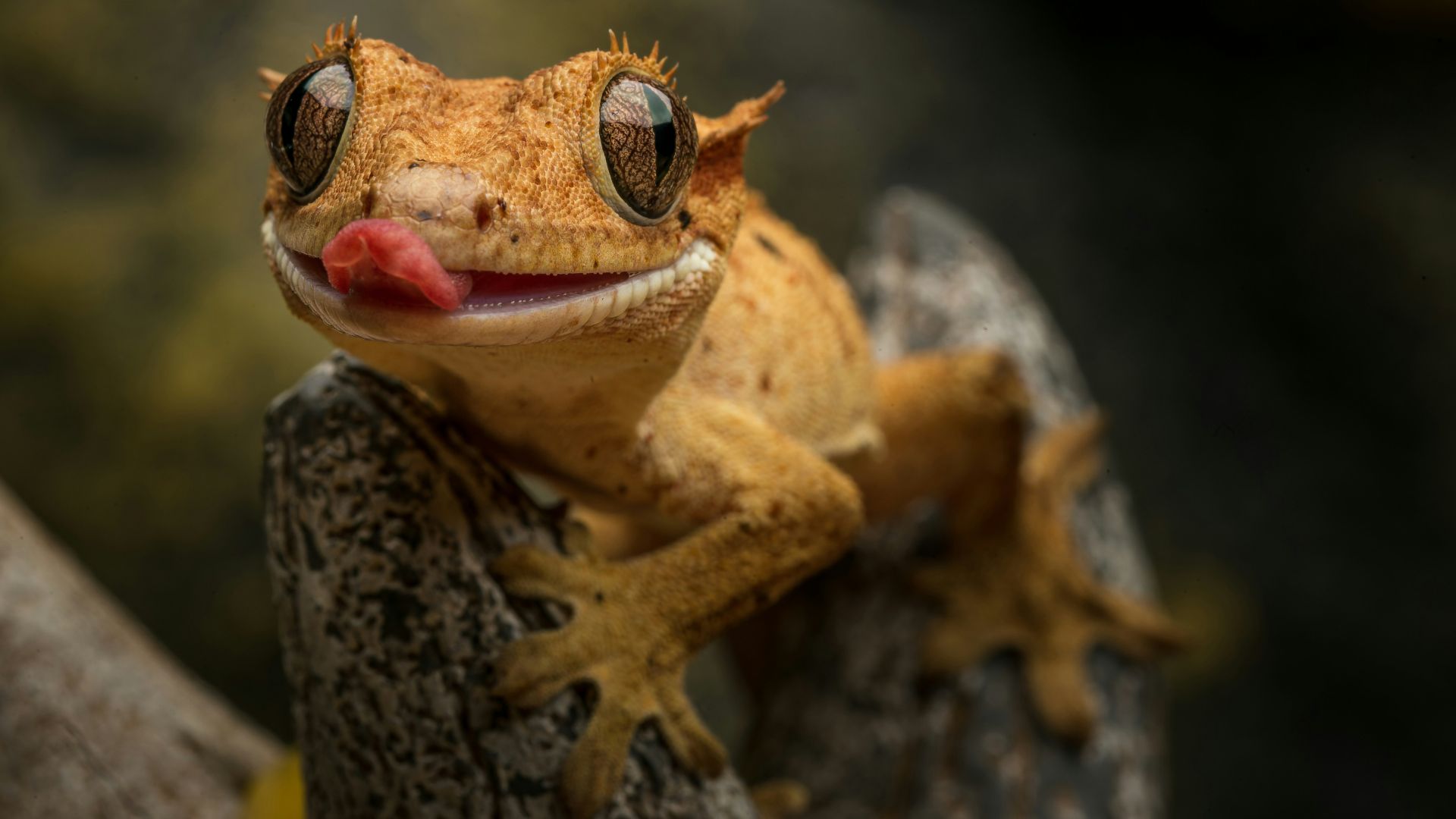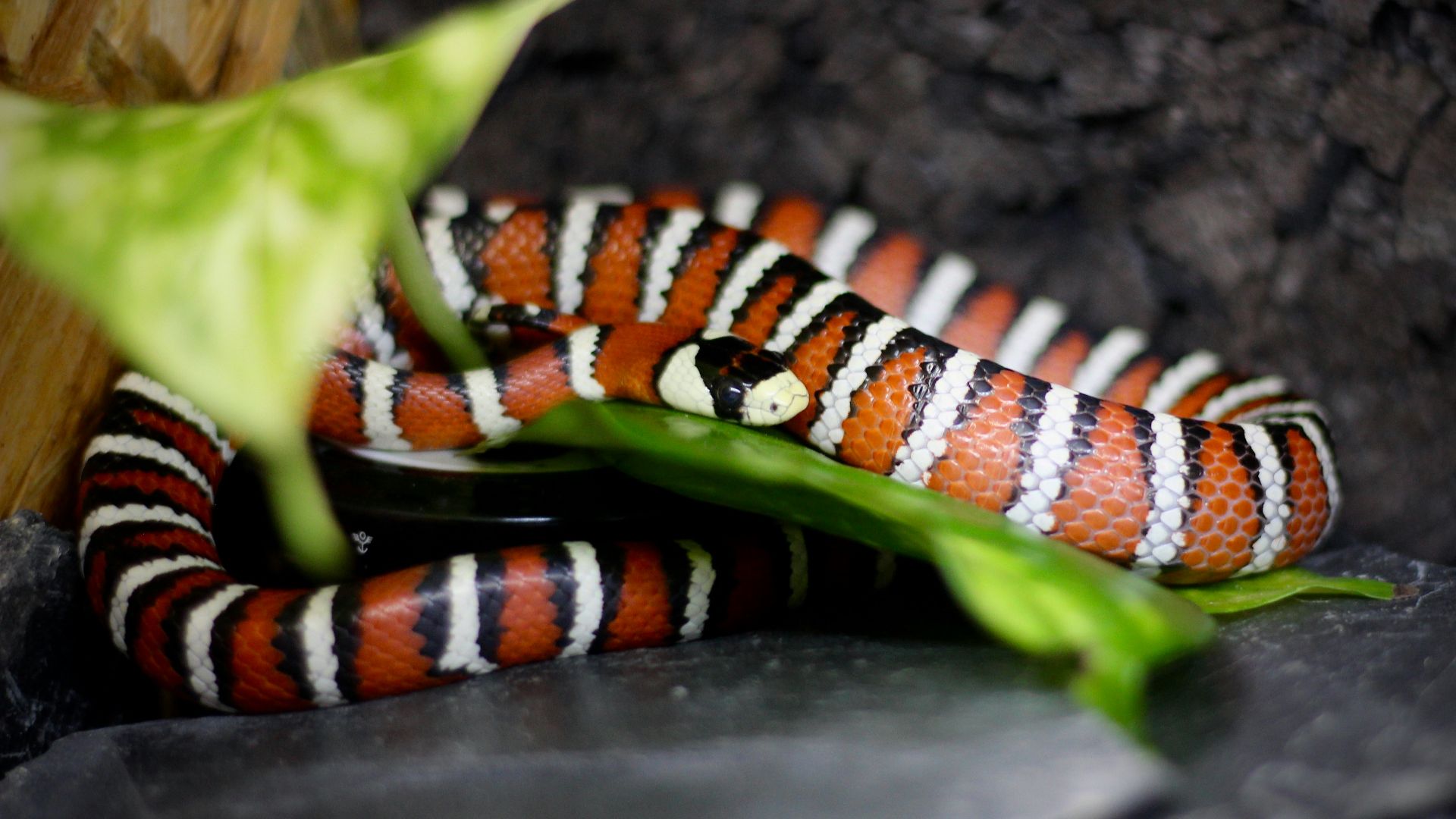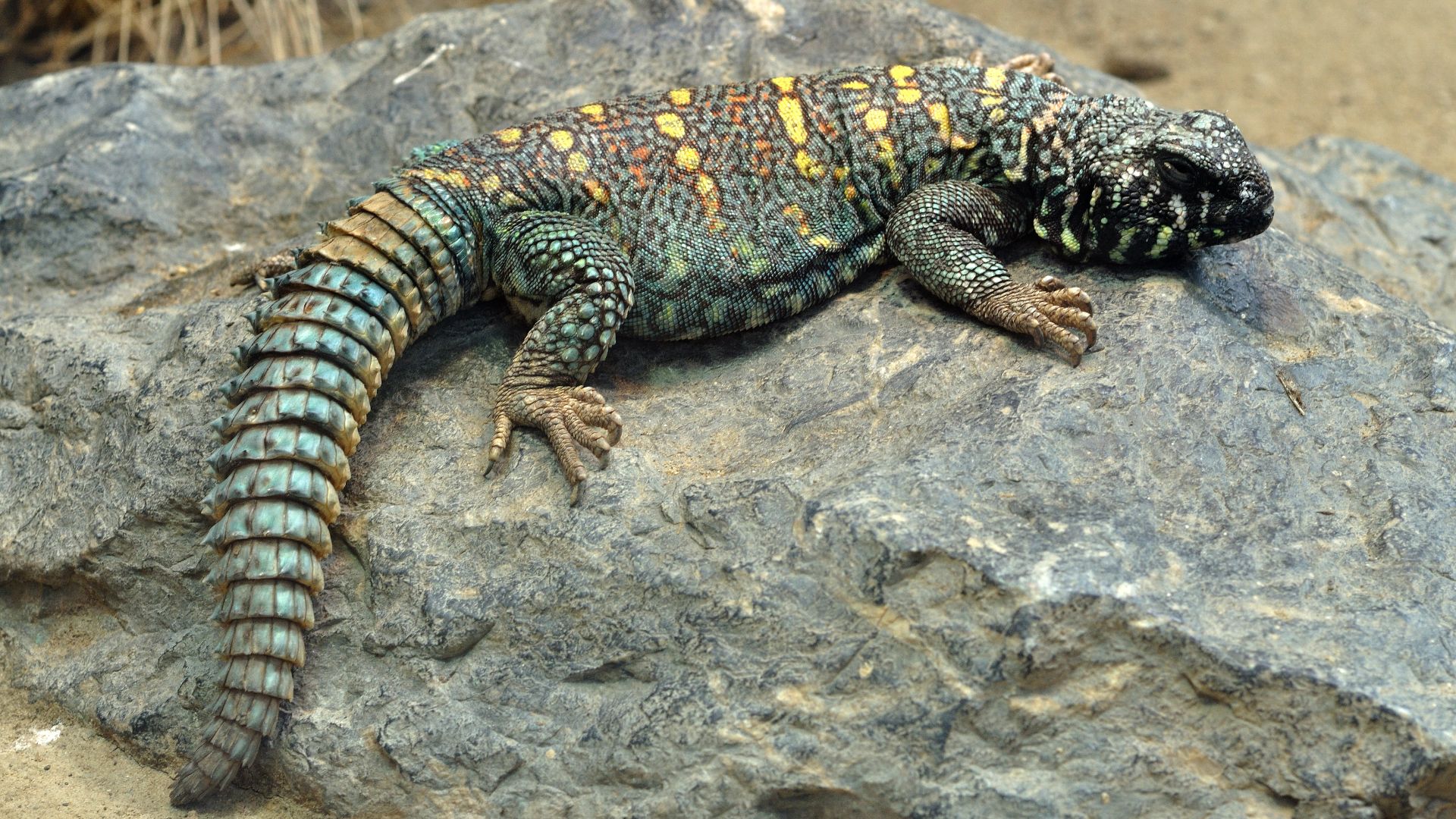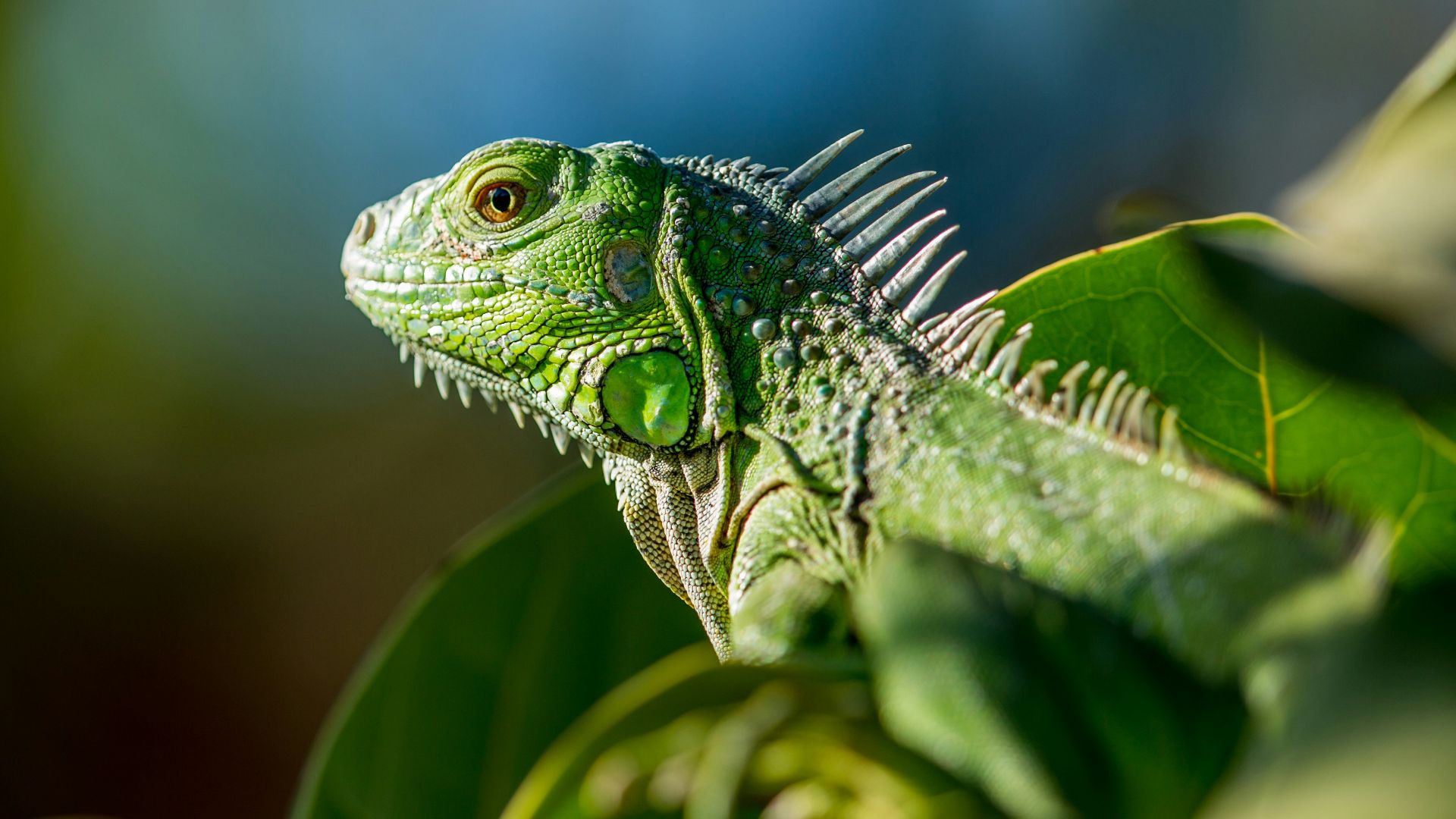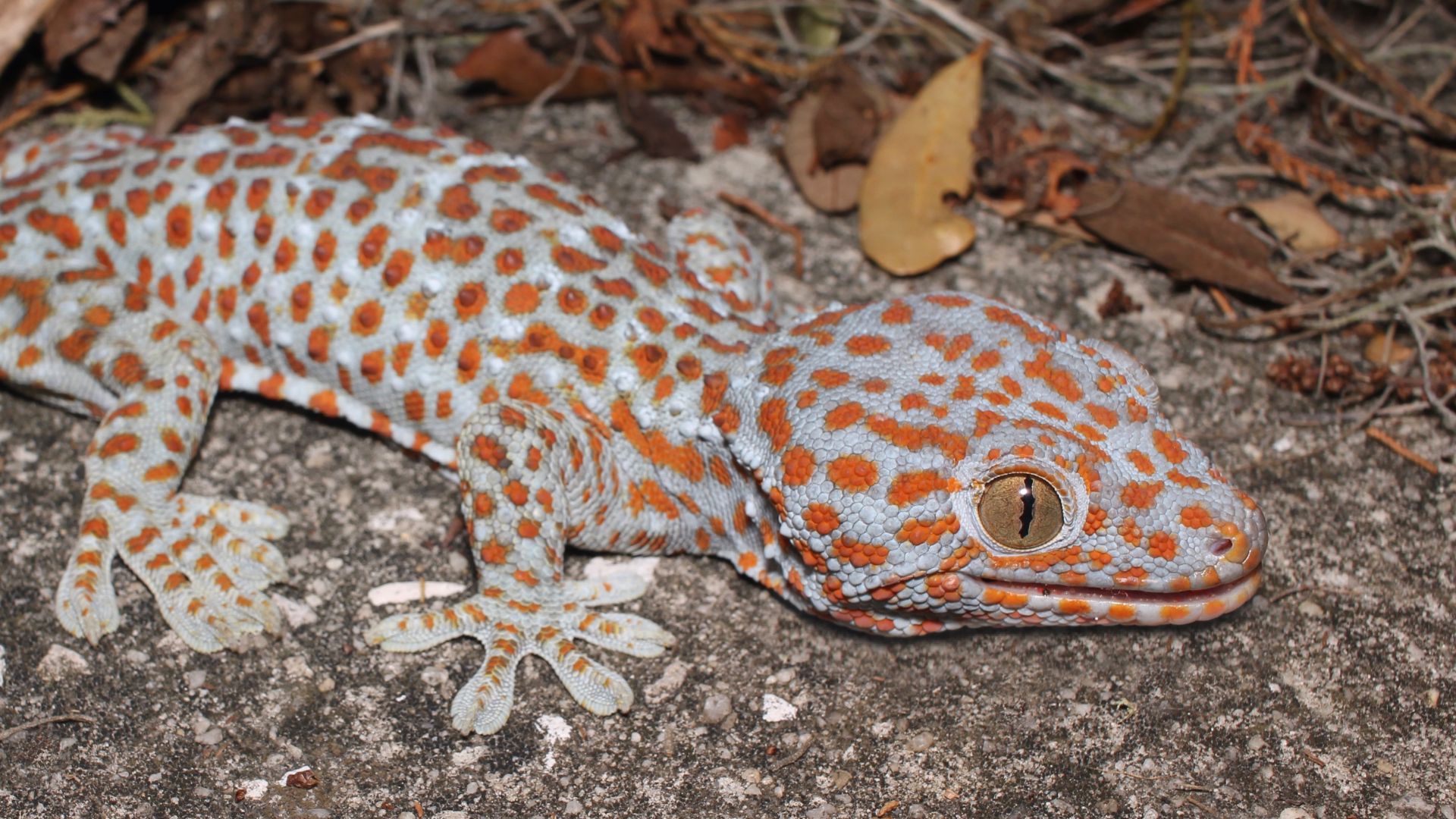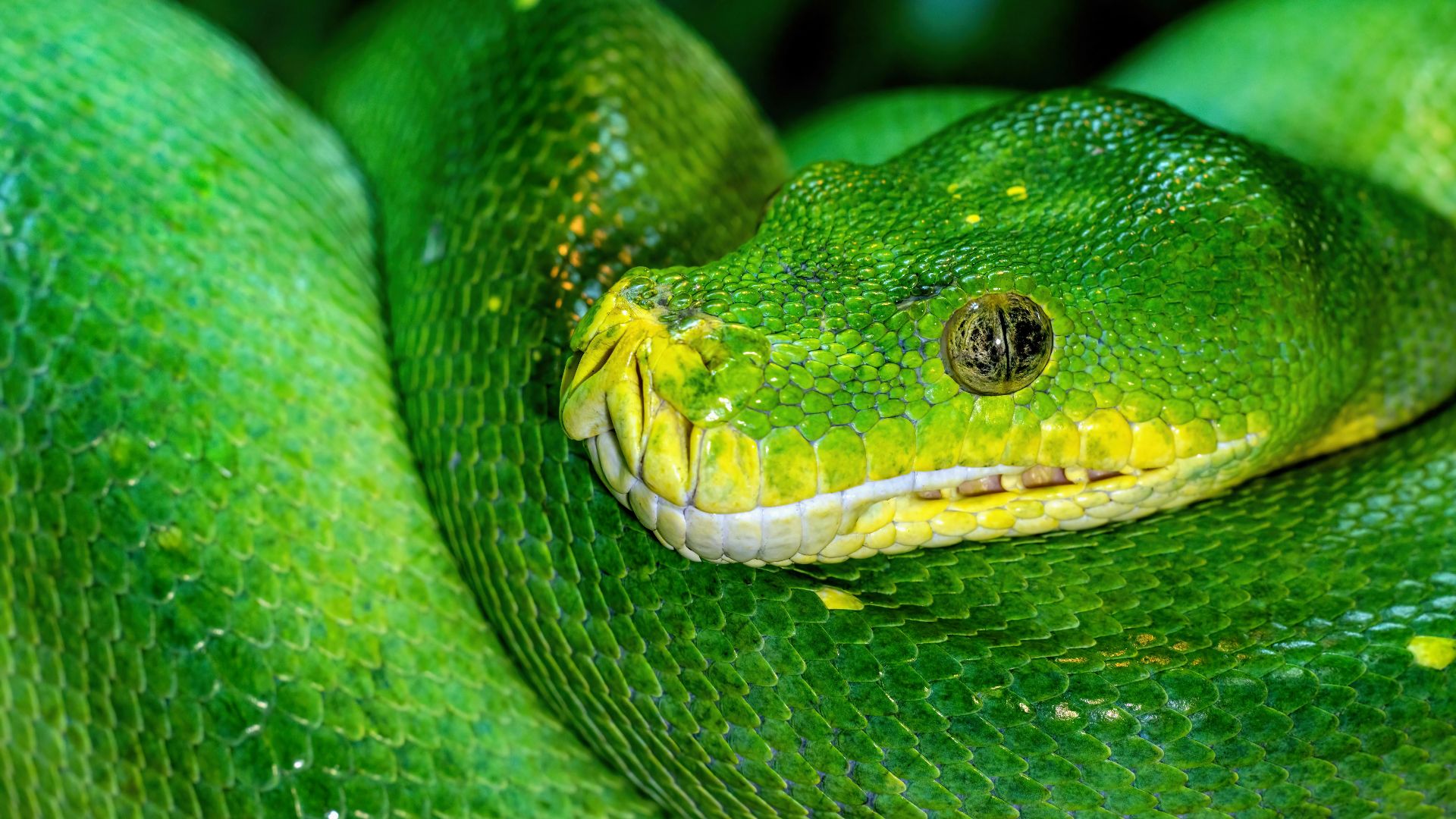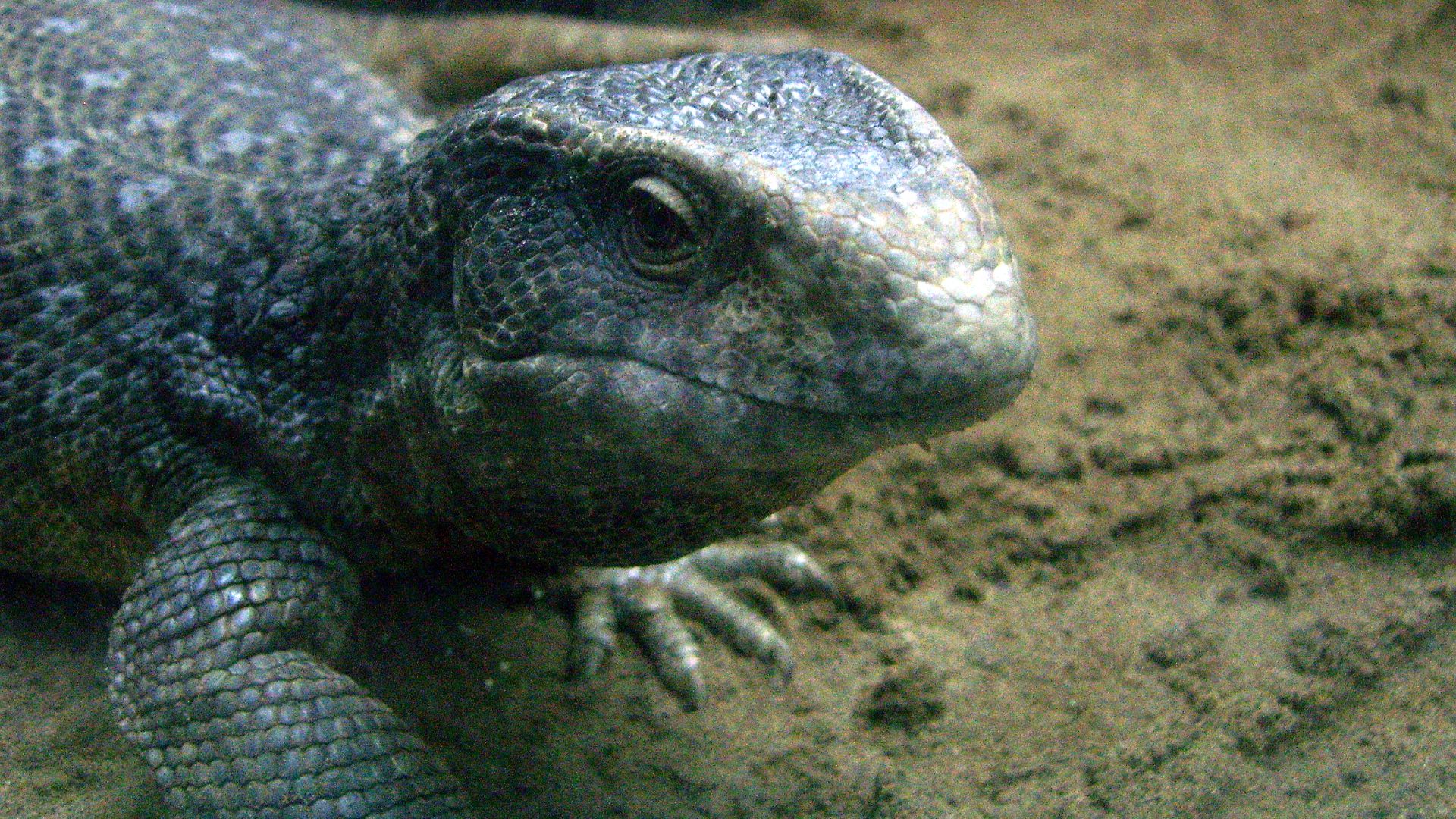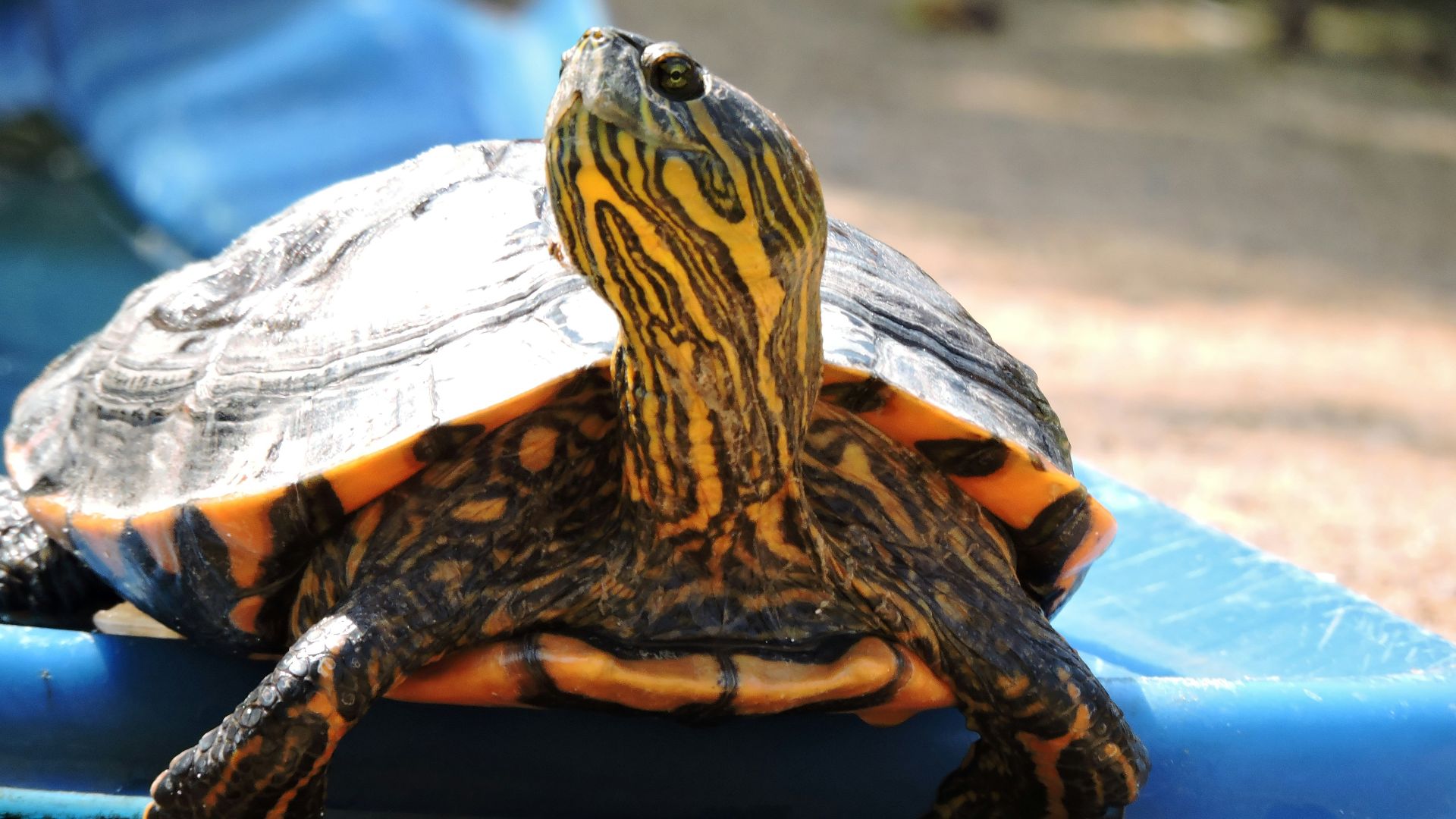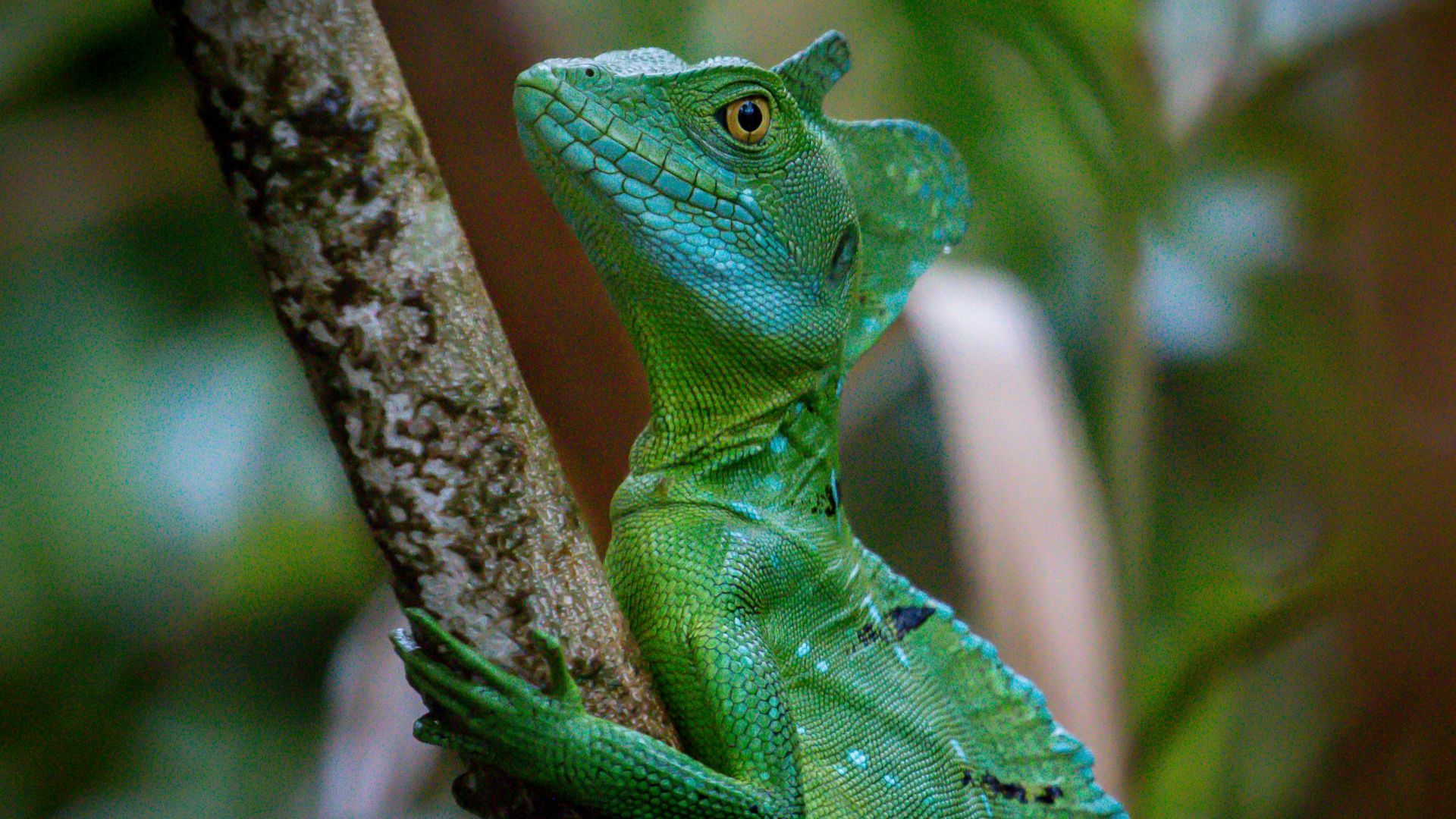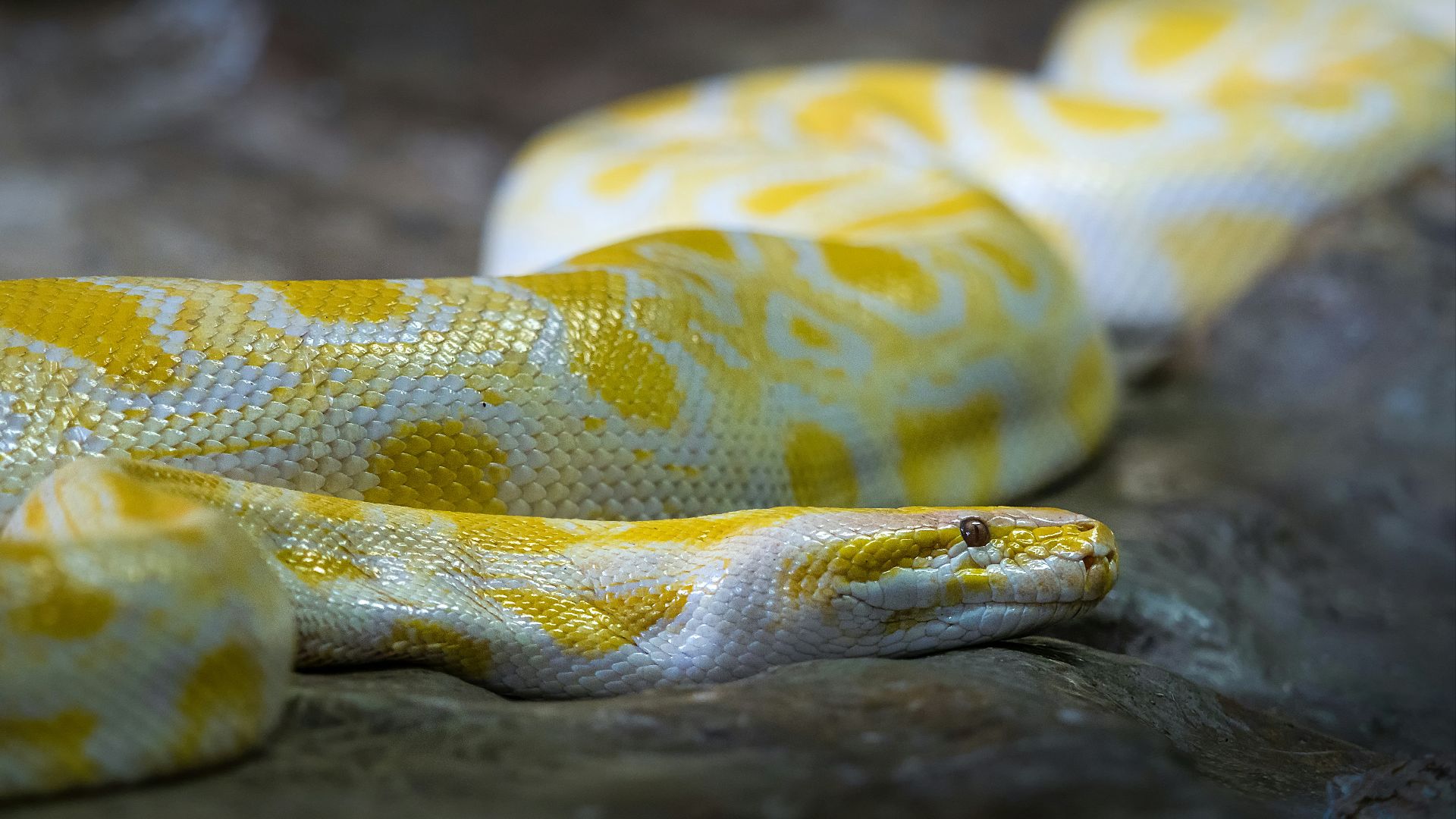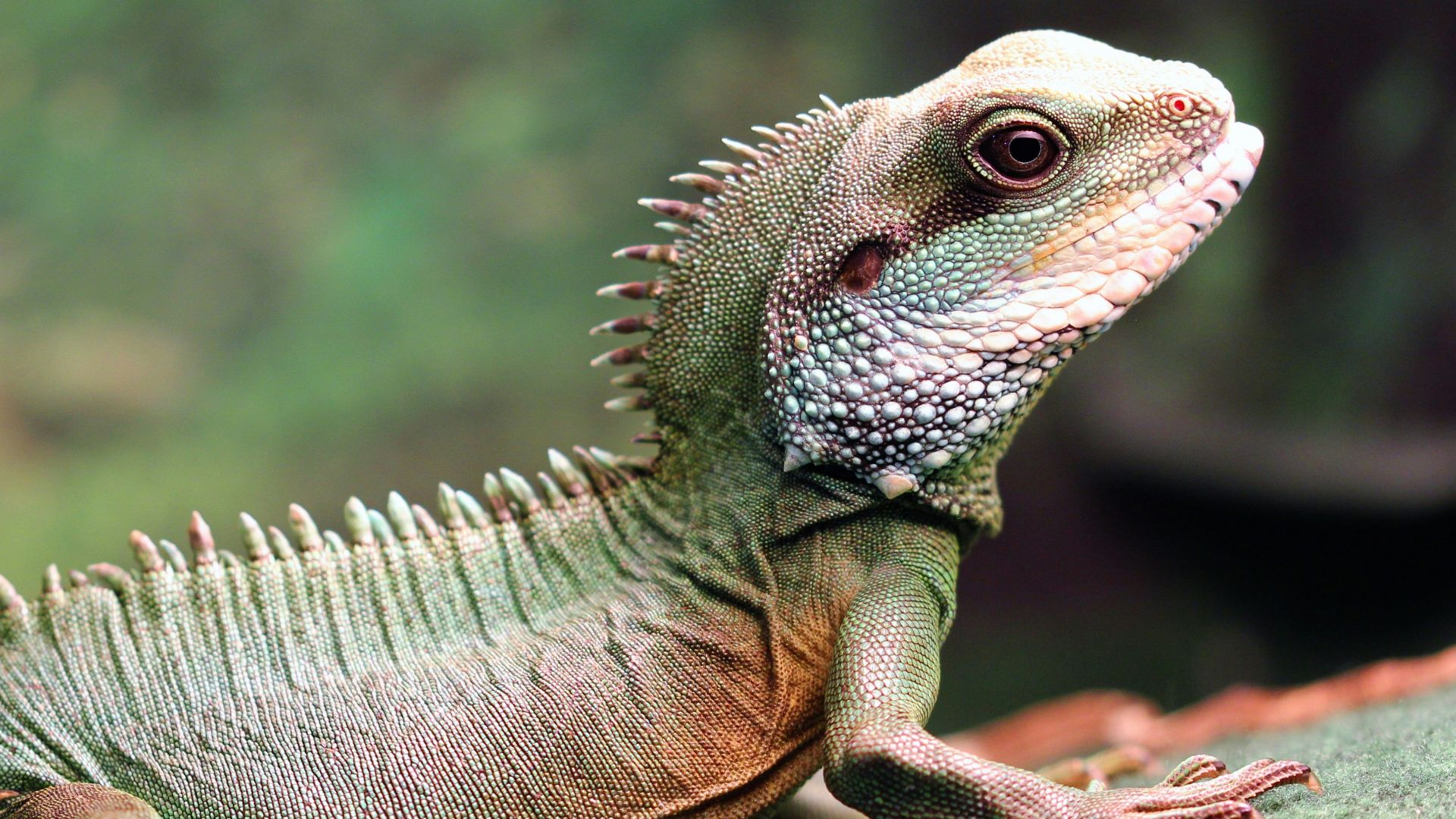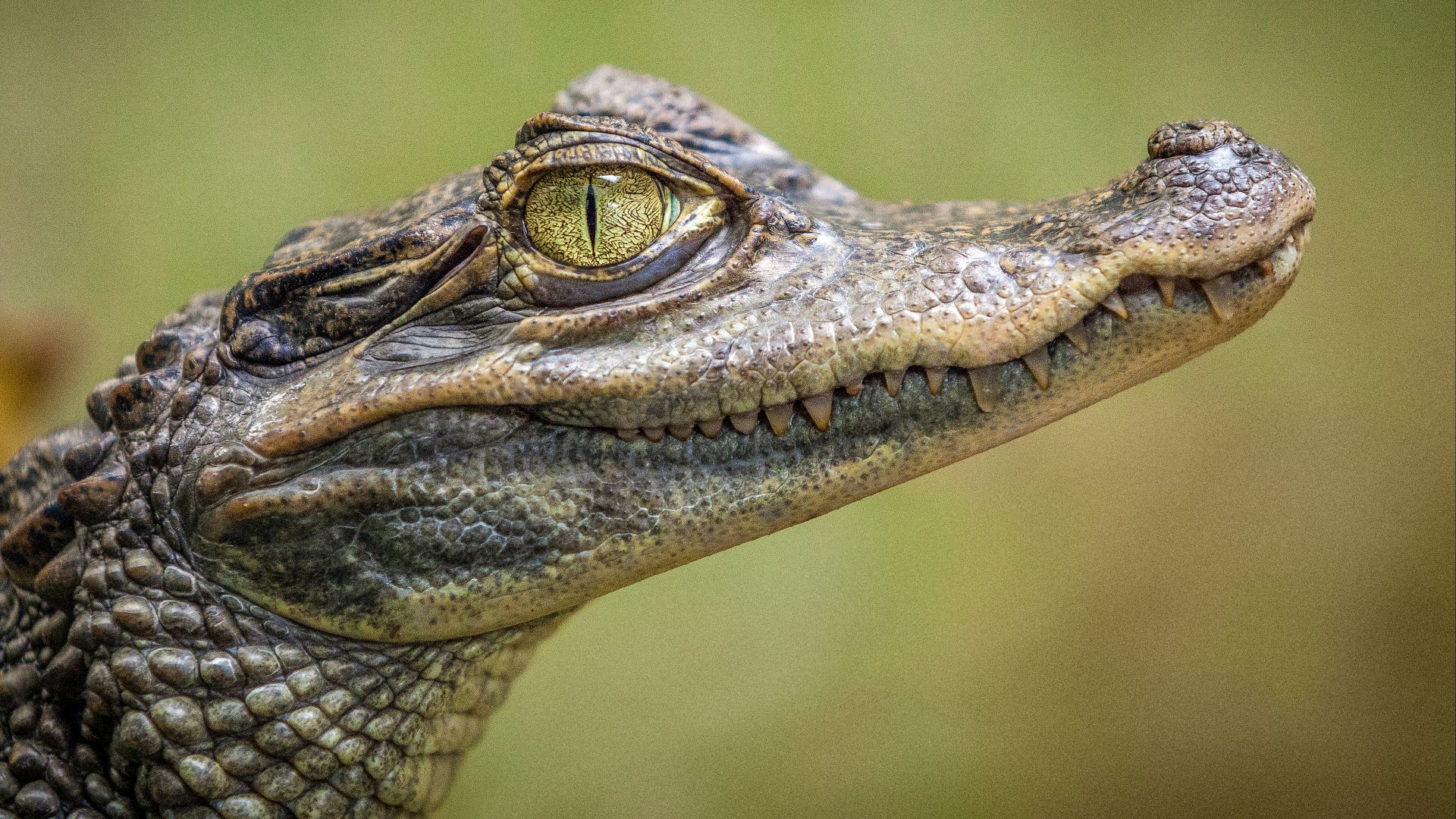Because Not Every Scaly Friend Is a Good Idea for Small Hands
Some people think reptiles are simple. You feed them every few days, shine a UV bulb on them, and that’s it. But anyone who’s owned one knows the truth: they’re like ongoing science experiments with a narrow range of conditions under which they thrive. Here’s the thing—reptiles make wonderful pets if you have the patience and aptitude to meet their needs. Kids love their quiet mystery, the way they seem ancient and exotic. Still, the right choice matters. Here are 10 reptiles perfectly suited for beginners and 10 that should be reserved for expert keepers.
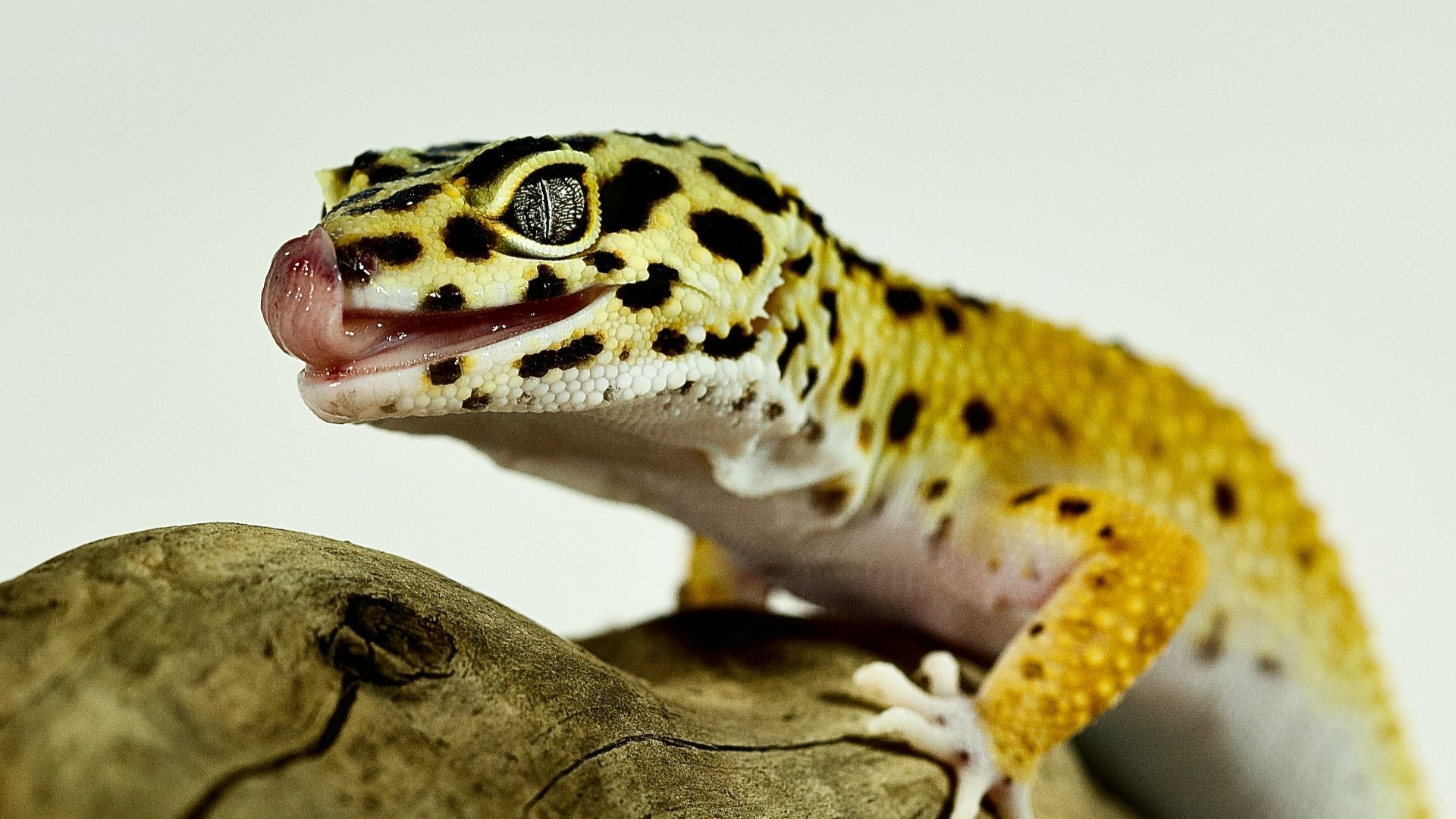 Andrey Tikhonovskiy on Unsplash
Andrey Tikhonovskiy on Unsplash
1. Leopard Gecko
If there were an award for best reptile for beginners, the leopard gecko would win by a landslide. They’re small, easygoing, and unbothered by gentle handling. They don’t climb glass and don’t require complicated lighting beyond the usual UV requirements. Give them a warm side, a cool side, and a few crickets to chase, and they’ll be happy.
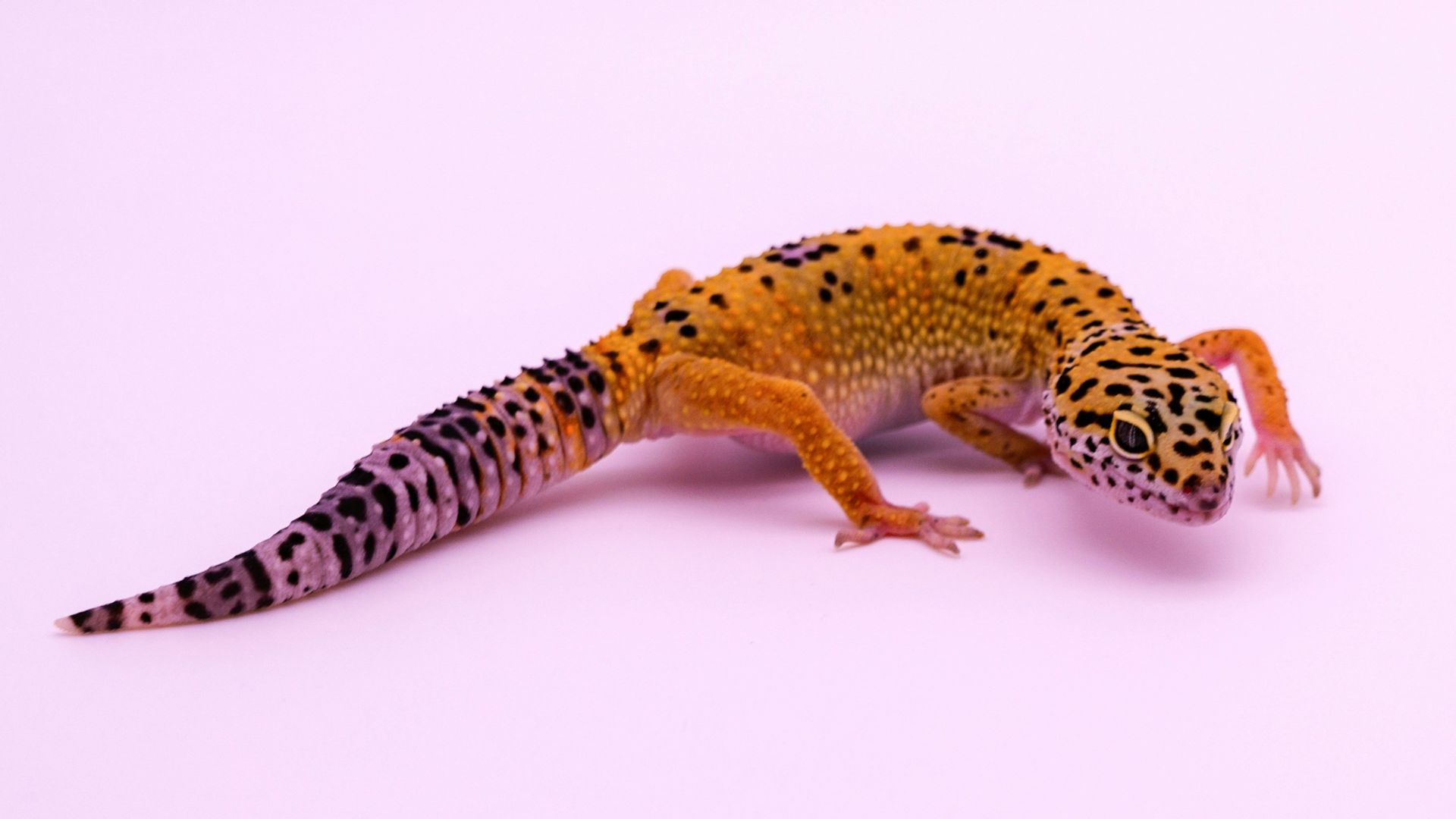 Christopher Paul High on Unsplash
Christopher Paul High on Unsplash
2. Corn Snake
Corn snakes grow to a manageable size, eat frozen-thawed mice without fuss, and rarely strike. They do, however, possess a Houdini streak, so double-check that lid. Watching one glide through your fingers is hypnotic. Kids who start with corn snakes often stick with reptiles for life.
3. Bearded Dragon
The most common of pet lizards, beardies are curious, alert, and surprisingly affectionate. They recognize faces and track movement like tiny predators. Being an Australian species, they require a hot spot to bask that’s around 120°F. They’re mostly vegetarian, but they’ll never say no to a cricket.
4. Ball Python
A shy species, they get their name from their tendency to curl themselves up into a ball. They come in endless color morphs and live long lives when cared for properly. The only frustration is their tendency to refuse meals without explanation. They’re perfect for calm households, less so for the impatient.
5. Blue-Tongued Skink
Blue-tongued skinks are personable and will shuffle right up when you open the enclosure, blue tongue flicking. They’re omnivores and are happy with a mix of greens, squash, berries, and the occasional egg or insect. Give them room to roam, a basking spot around 95°F, and a cool hide, and they’ll reward you with decades of mellow companionship.
6. Russian Tortoise
The Russian tortoise is hardy and bursting with personality. What they need most is space and dryness; an outdoor pen in warm months does wonders. Keep them away from constant humidity, skip the fruit, feed them dark leafy greens, and make sure they can burrow. Oh, and be prepared to write them into your will, since they can live upwards of a century.
7. Crested Gecko
Crested geckos are low-maintenance charmers that thrive at room temperature. Just keep their enclosure humid and full of climbing surfaces. They eat powdered fruit diets mixed with water, which feels delightfully civilized after the chaos of crickets. Handle them gently—they’re fragile.
8. King Snake
King snakes are striking in appearance with their banded bodies, like living jewelry. They’re also bold and quickly become accustomed to handling. They’re a perfect starter snake for older kids. Feed them frozen-thawed mice, keep them in a secure enclosure, and they’ll reward you with calm curiosity.
9. Uromastyx
They look fierce with their spiky tails and broad heads, but Uromastyx are peaceful vegetarians with a fondness for warmth and routine. Give them desert conditions, with a hot basking spot up to 120°F, dry substrate, and a constant supply of leafy greens with occasional beans, lentils, and squash to round out their diet.
10. Western Hognose Snake
These snub-nosed snakes have a flair for theatrics. Startle them, and they’ll flatten their necks like cobras or even play dead. Beneath the drama is a harmless, easy-to-care-for snake. They love to burrow, so be sure to provide them with some loose substrate.
Some reptiles just aren’t meant for beginners. Here are ten that should be reserved for more skilled keepers.
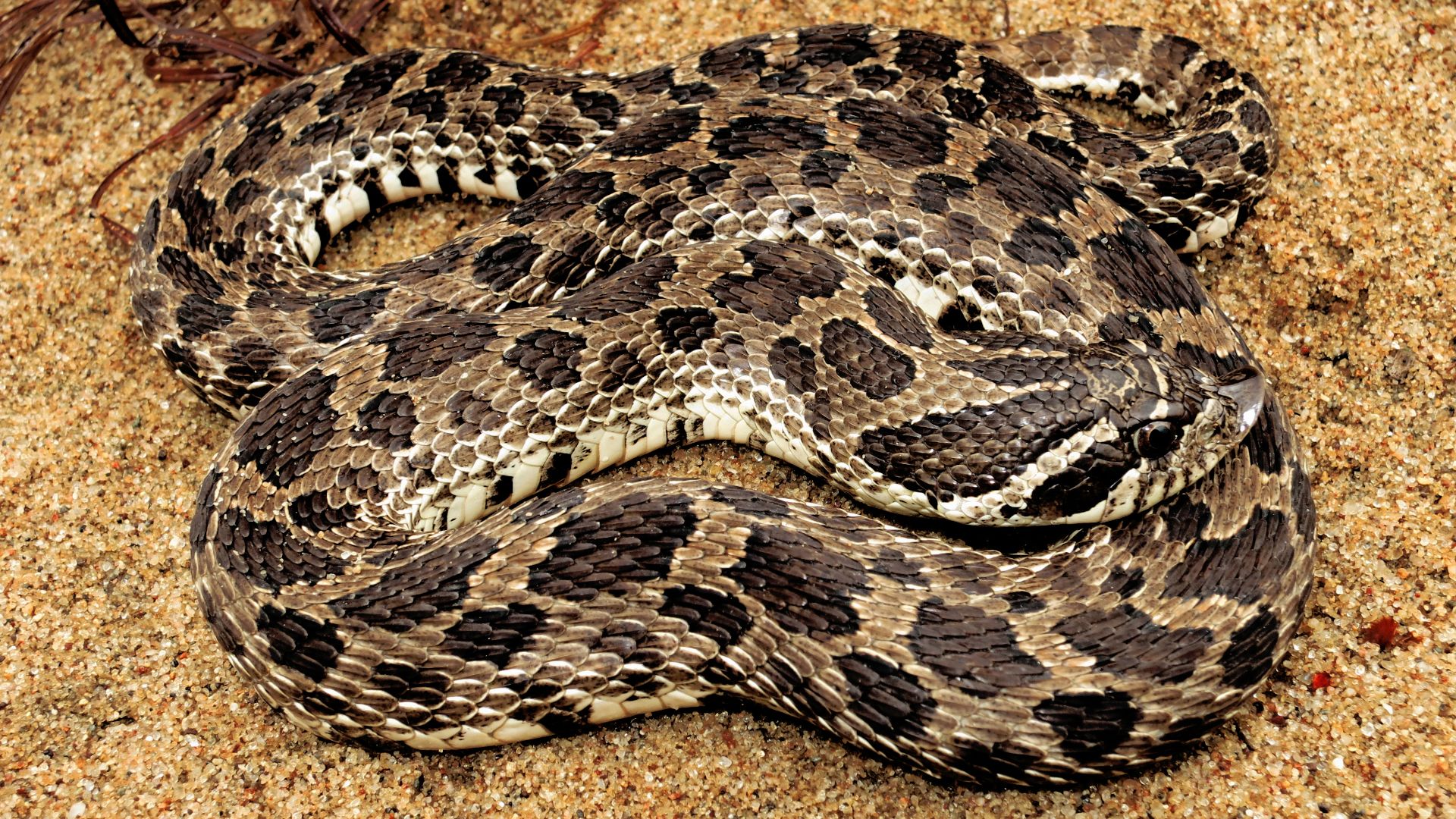 Peter Paplanus from St. Louis, Missouri on Wikimedia
Peter Paplanus from St. Louis, Missouri on Wikimedia
1. Iguana
They look majestic with their emerald scales and large jowls, but in reality, they’re a temperamental nightmare. They can grow to six feet long and have a tendency to use their tails like whips. They need massive enclosures, complex lighting setups, and constant humidity control. Unless you’ve got a spare room to give them, give this species a pass.
2. Tokay Gecko
They’re gorgeous with their blue-gray bodies and vivid orange spots, but they have jaw strength that warrants respect. They’re very challenging to tame, so the best you can hope for is mutual avoidance. And even then, they’ll dart away whenever you dare to open the enclosure door.
3. Green Tree Python
This snake is living sculpture, coiled on a branch most of the time. They don’t appreciate being handled, and if you persist, you’ll discover just how fast snakes can strike. Any mistake, and they stop eating or lash out. They may be gorgeous, but they belong with patient, practiced hands.
4. Chameleons
With their swiveling eyes and shifting patterns, they’re undeniably beautiful; they’re also unbelievably fragile. They require precise humidity and lighting parameters in addition to timed misting and constant airflow. They stress easily and rarely enjoy handling.
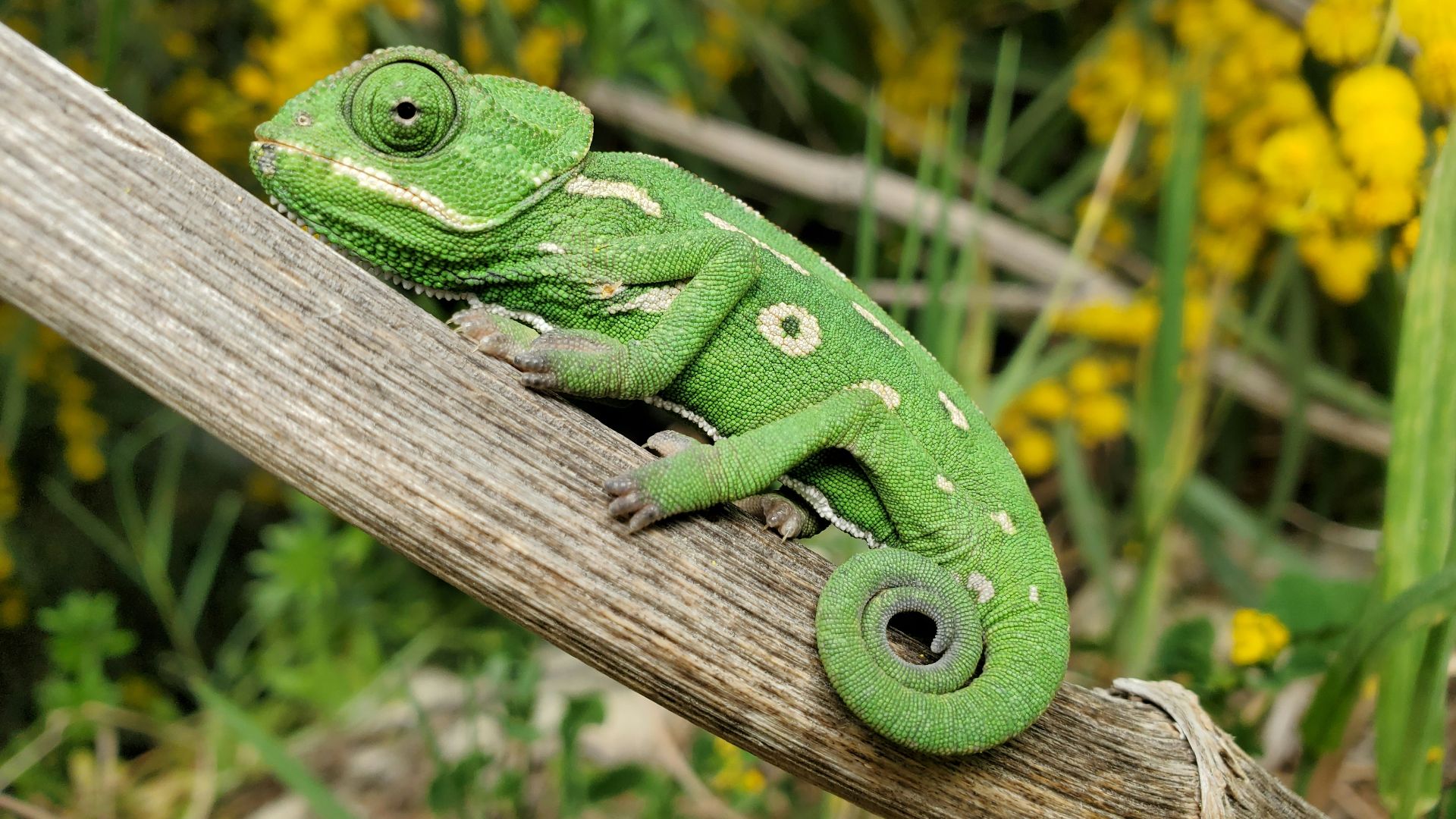 Hasmik Ghazaryan Olson on Unsplash
Hasmik Ghazaryan Olson on Unsplash
5. Savannah Monitor
Monitors are smart and curious lizards, but they’re only for advanced keepers. Savannah monitors grow fast and love to dig with their sharp claws. They require enormous, hot enclosures and a varied carnivorous diet. When small, they seem manageable; a year later, they’re mini dinosaurs.
6. Red-Eared Slider
Everyone had one in the ’90s. They start out about the size of a cookie and in no time at all are the size of a dinner plate, requiring a 100-gallon tank. Sliders live decades, need UVB lighting, deep water, and constant filtration. They’re messy and far from a starter pet.
7. Basilisk
Yes, it runs on water. No, it shouldn’t live in your kid’s room. Basilisks are stunning but high-strung and require massive enclosures that mimic their rainforest home. Watching one in motion is magical, but keeping one alive long-term is a challenge.
8. Burmese Python
They start small, coiled neatly in your hands, but they soon hit fifteen feet and 200 pounds. Even the calmest Burmese python demands multiple handlers, specialized housing, and serious commitment. It’s not that they’re dangerous; it’s about the logistics.
9. Chinese Water Dragon
These regal-looking lizards demand humidity that fogs the glass, space to climb, and perfect lighting. If stressed, they’ll slam into the walls of their enclosure hard enough to injure themselves. Avoid the heartbreak and skip this one.
10. Alligator
Every so often, someone thinks it’s a fun idea to raise a baby alligator in a kiddie pool. Even if legal, it’s a terrible plan. There’s no such thing as a beginner alligator. It’s just an accident waiting to happen.


